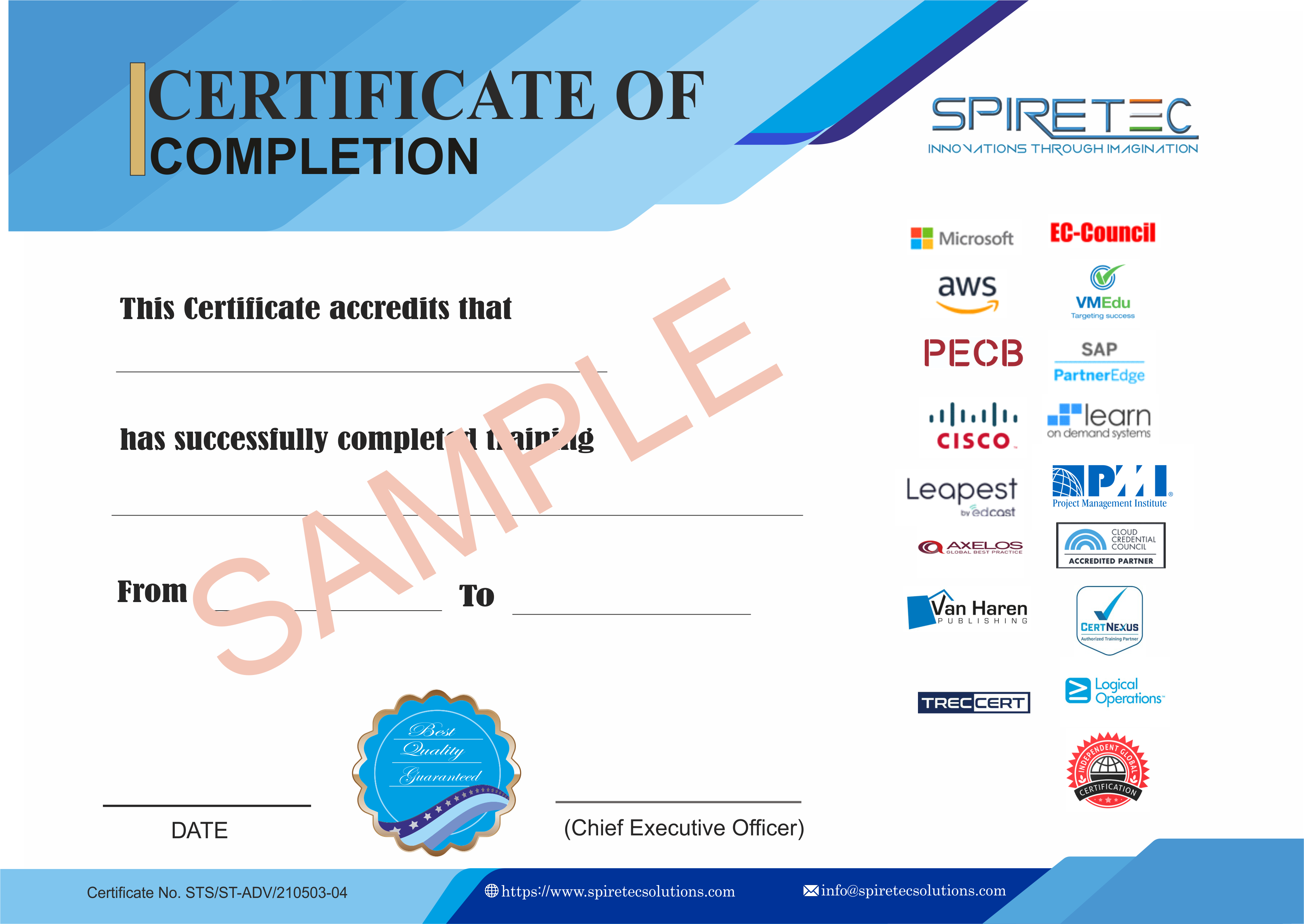The Certified Ethical Hacker v12 (CEHv12) course provides an in-depth exploration of advanced hacking tools and techniques employed by both hackers and information security professionals. This course is meticulously structured to guide learners through the systematic process of ethical hacking, starting with fundamental security concepts and progressing to sophisticated security measures.
Course Prerequisites
To maximize the benefits of the CEHv12 course, you should have:
-
A basic understanding of networking concepts, including TCP/IP protocols and the OSI model.
-
Familiarity with operating systems, particularly Windows and Linux.
-
Knowledge of common cybersecurity principles and awareness of various cyber threats.
-
Fundamental skills in using computers and the internet.
-
Introductory knowledge of Information Security laws and standards.
-
Understanding of Information Security controls, including firewalls, intrusion detection systems, and antivirus software.
-
Basic problem-solving skills and the mindset to think like a hacker.
Target Audience
The CEHv12 course is ideal for IT professionals aiming to advance their cybersecurity skills. It is suited for:
-
IT Security Officers
-
Network Security Engineers
-
Security Analysts and Consultants
-
Ethical Hackers and Penetration Testers
-
Systems Administrators and Engineers
-
IT Auditors
-
Cybersecurity Professionals
-
Risk Assessment Professionals
-
Information Security Managers
-
Technical Support Engineers
-
Vulnerability Assessment Analysts
-
Network Managers
-
Cyber Defense Analysts
-
SOC Analysts
-
Computer Forensics Analysts
-
Incident Responders
-
Application Developers focused on security
-
IT professionals seeking to enhance their security knowledge
-
Individuals preparing for the EC-Council Certified Ethical Hacker exam
Course Outline:
1. Introduction to Ethical Hacking
-
Information Security Overview
-
Hacking Methodologies and Frameworks
-
Hacking Concepts
-
Ethical Hacking Concepts
-
Information Security Controls
-
Information Security Laws and Standards
2. Footprinting and Reconnaissance
-
Footprinting Concepts
-
Footprinting through Search Engines
-
Footprinting through Web Services
-
Footprinting through Social Networking Sites
-
Website Footprinting
-
Email Footprinting
-
Whois Footprinting
-
DNS Footprinting
-
Network Footprinting
-
Footprinting through Social Engineering
-
Footprinting Tools
-
Footprinting Countermeasures
3. Scanning Networks
-
Network Scanning Concepts
-
Scanning Tools
-
Host Discovery
-
Port and Service Discovery
-
OS Discovery (Banner Grabbing/OS Fingerprinting)
-
Scanning Beyond IDS and Firewall
-
Network Scanning Countermeasures
4. Enumeration
5. Vulnerability Analysis
-
Vulnerability Assessment Concepts
-
Vulnerability Classification and Assessment Types
-
Vulnerability Assessment Tools
-
Vulnerability Assessment Reports
6. System Hacking
-
Gaining Access
-
Escalating Privileges
-
Maintaining Access
-
Clearing Logs
7. Malware Threats
8. Sniffing
-
Sniffing Concepts
-
Sniffing Technique: MAC Attacks
-
Sniffing Technique: DHCP Attacks
-
Sniffing Technique: ARP Poisoning
-
Sniffing Technique: Spoofing Attacks
-
Sniffing Technique: DNS Poisoning
-
Sniffing Tools
9. Social Engineering
-
Social Engineering Concepts
-
Social Engineering Techniques
-
Insider Threats
-
Impersonation on Social Networking Sites
-
Identity Theft
-
Social Engineering Countermeasures
10. Denial-of-Service
11. Session Hijacking
-
Session Hijacking Concepts
-
Application-Level Session Hijacking
-
Network-Level Session Hijacking
-
Session Hijacking Tools
-
Session Hijacking Countermeasures
12. Evading IDS, Firewalls, and Honeypots
-
IDS, IPS, Firewall, and Honeypot Concepts
-
IDS, IPS, Firewall, and Honeypot Solutions
-
Evading IDS
-
Evading Firewalls
-
Evading NAC and Endpoint Security
-
IDS/Firewall Evading Tools
-
Detecting Honeypots
-
IDS/Firewall Evasion Countermeasures
13. Hacking Web Servers
14. Hacking Web Applications
-
Web Application Concepts
-
Web Application Threats
-
Web Application Hacking Methodology
-
Web API, Webhooks, and Web Shell
-
Web Application Security
15. SQL Injection
16. Hacking Wireless Networks
17. Hacking Mobile Platforms
18. IoT and OT Hacking
-
IoT Hacking
-
IoT Concepts
-
IoT Attacks
-
IoT Hacking Methodology
-
OT Hacking
-
OT Concepts
-
OT Attacks
-
OT Hacking Methodology
19. Cloud Computing
20. Cryptography











 Live Online Training (Duration : 40 Hours)
Live Online Training (Duration : 40 Hours)
